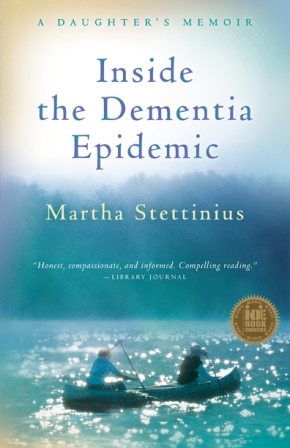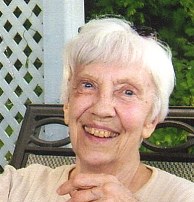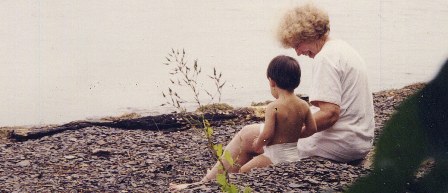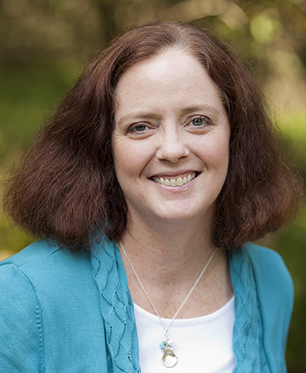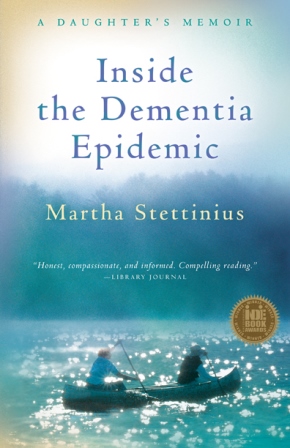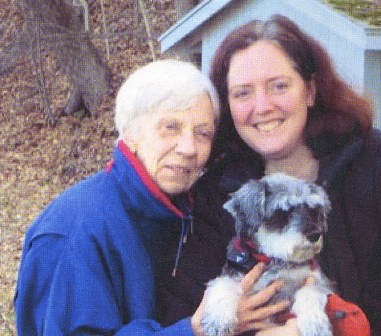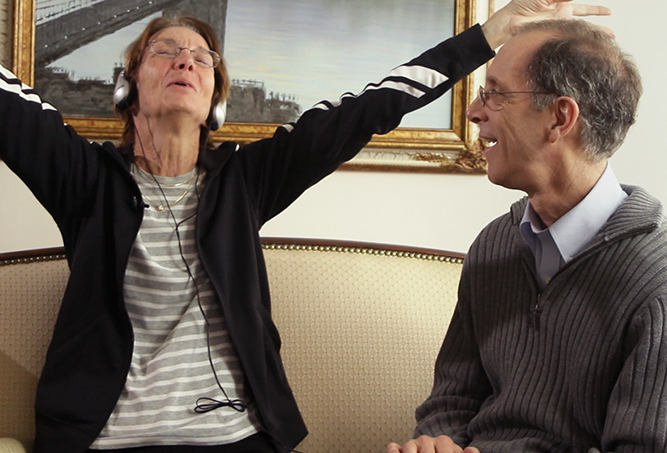Best Books About Dementia and Caregiving
 Friday, October 3, 2014 at 07:21PM
Friday, October 3, 2014 at 07:21PM 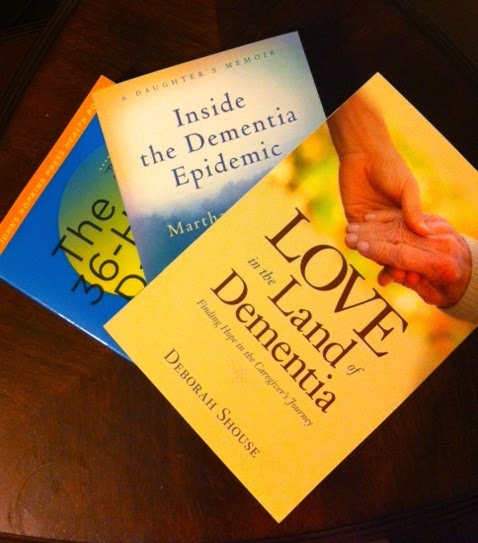 photo from the blog "The Generation Above Me"Are you looking for recommendations for books about Alzheimer's, dementia or dementia caregiving? Karen D. Austin of the popular blog "The Generation Above Me" has posted a list of her favorite dementia-related books, with links to her longer reviews of those books. I'm honored to have "Inside the Dementia Epidemic: A Daughter's Memoir" included. Thank you, Karen. What a lovely surprise this evening!
photo from the blog "The Generation Above Me"Are you looking for recommendations for books about Alzheimer's, dementia or dementia caregiving? Karen D. Austin of the popular blog "The Generation Above Me" has posted a list of her favorite dementia-related books, with links to her longer reviews of those books. I'm honored to have "Inside the Dementia Epidemic: A Daughter's Memoir" included. Thank you, Karen. What a lovely surprise this evening!
Karen writes:
"Even though my approach to aging is pretty broad, I have a persistent interest in cognition. Not only do I read about healthy, normal, age-related changes to the brain, I also read about change caused by disease.
"I am particularly interested in how dementia changes a person's cognition and how caregivers respond.
"I have read more than a dozen books (novels, reference books, memoirs, etc.), and I hope to read many more.
"Here are some quick reviews of some of these books with links to longer reviews. I plan on updating this page as I read more.
"1. Dosa, David (2010). Making the Rounds with Oscar. The author describes residents of a skilled nursing center who are moving into late-stage dementia and how their loved ones are responding to the challenges."
Read the rest of Karen's recommendations here.
 Alzheimer's,
Alzheimer's,  books,
books,  caregiving,
caregiving,  dementia in
dementia in  Caregiver Support
Caregiver Support 




